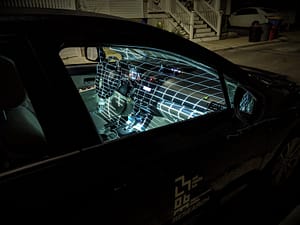
Dissertation: Biologically encoded augmented reality
This is a stick figure. The world we perceive around us is an incomplete image, of not only what we’ve built, but the inherent potentials

This is a stick figure. The world we perceive around us is an incomplete image, of not only what we’ve built, but the inherent potentials
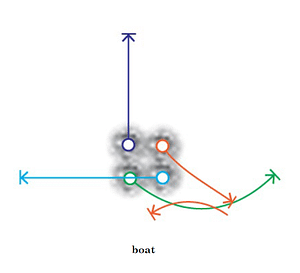
This research demonstrates a foundational approach to peripheral semantic information delivery capable of conveying highly complex symbols well beyond the established mean, using motion-modulated stimuli within a series of small, static apertures in far periphery ( > 50°).
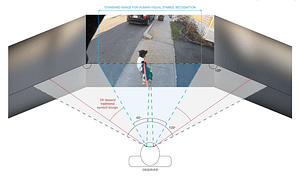
How detectable are far peripheral semantic cues in increasingly dynamic environments? Results show rapid adaptation and high detection accuracy.

Metrics of symbol recognition speed and accuracy in a controlled environment, with codex parameterization using motion energy analysis
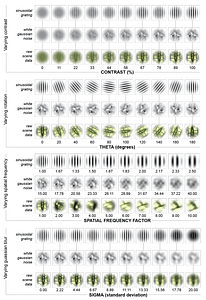
Adapting stimuli to dynamic environments One of the greatest challenges of adapting motion-modulated semantics to real-world environments is maintaining requisite conditions for effects to occur.
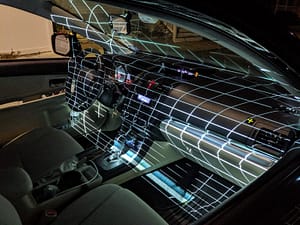
Information floods the center of our visual field and often saturates the focus of our attention, yet there are parallel channels in the visual system
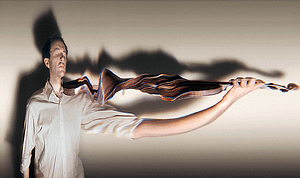
The advancement of exploratory mediums to form new modes of representation functions as one of the many implicit links merging art and science into my

This system introduces ophthalmic light field capture, on a micro camera platform, allowing for a robust approach to the acquisition of multi-view imaging and ensuring nearly all light emitting from the pupil is gathered for processing.
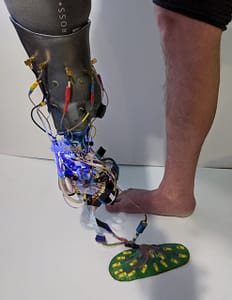
The development of bionic and cybernetic systems illuminates new potentials for the future of non-invasive, networked, neuro-muscular stimulation. In 2017 I was the third patient
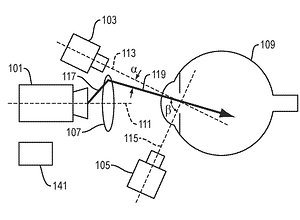
ABSTRACT: A projector and one or more optical components project a light pattern that scans at least a portion of an anterior segment of an
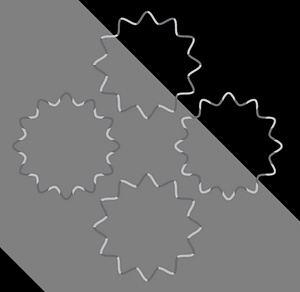
Our visual realities are flooded with complex and robust natural scenes. New findings in curvature estimation illustrate where our expectations of reality can break down
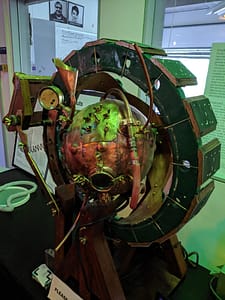
We are surrounded by displays and technologies whose mechanisms are hidden from view. This work was an exploration of revealing the underlying architecture of not
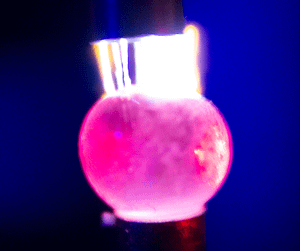
Spherical tissue deformation in electrostatic fields (NaCL+H20 suspension in hydrogel structure)

Neurovascular imaging interface, implementing coincident imaging/illumination path and through-pupil illumination.

Biomimetic systems architecture engineering: prototypes Quantizing visual perception as an expression of experience is referentially viewed as a modular function, temporally sequenced within multiple sensory
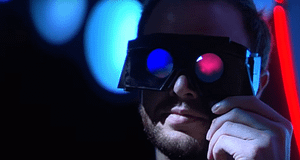
This self-directed, interactive device captures and visualizes images of the retina without the need for complex optics and precise alignment of illumination pathways.

The eye is a highly sensitive and programmable array of sensors. By presenting stimuli to discrete regions of the retina we encode neural pathways with
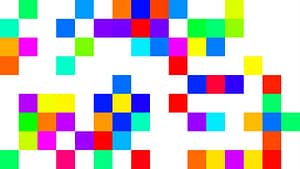
The following sequence presents a demonstration of the interlinkages of visual and auditory sensory processing. The video consists of a repeated, one-second clip of a
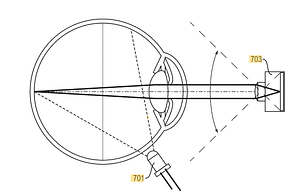
Indirect, diffuse illumination may be employed, rather than direct illumination of the retina through the pupil. For indirect illumination, a cool-to-the-touch light source is pressed
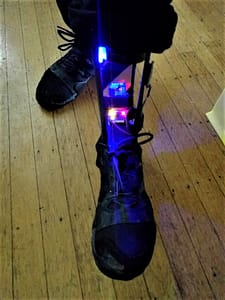
Angle, inertia, and velocity are a subset of moment arms that when instinctively activated are biologically hardcoded in how we navigate through space. The complex
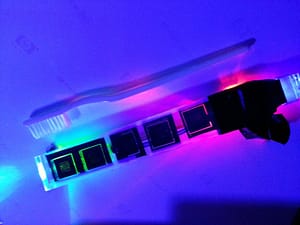
This research investigates the viability of subsurface imaging of the teeth and gums as a possible metric for quantifying blood flow, oxygen levels, bone density,
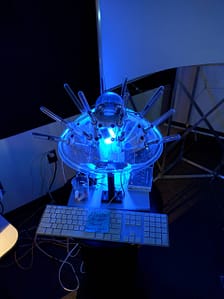
Publications pending Please log in to view protected content:
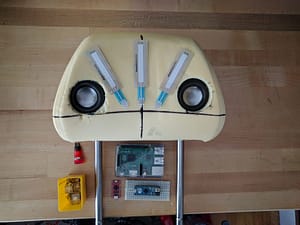
Proprioceptive feedback systems for kinetosis (motion sickness) treatment and prevention Rather than treating the environment, the automobile and the various independent mechanisms of human biology

Non-mydriatic fundus imaging on smart phone platforms may prove to be a paradigm shift in rapid screening devices with no operational expertise required
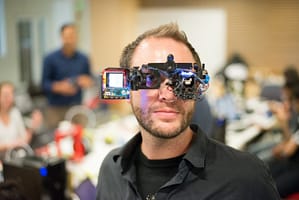
This system expands upon prior work by fully integrating the self-alignment architecture within the portable user interface.
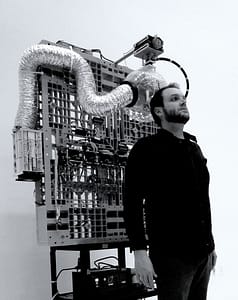
I confront the filters of cognition as an intervention into the control I assume to have over my visual perception. Researching neuroscience techniques in brain
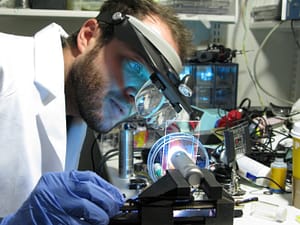
A cataract-affected eye scatters and refracts light before it reaches the retina, caused by a fogging or clouding of the lens. This system measures this
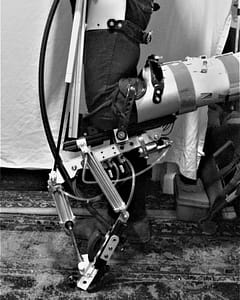
Power lift prototype: compressor force-resistive foot feedback with on-board mulit-channel solenoid valve configuration [lift capacity = 600 lbs] October, 2015 https://everettlawson.com/wp-content/uploads/2020/02/20151004_191036.mp4https://everettlawson.com/wp-content/uploads/2020/02/20151004_191117.mp4 Early development
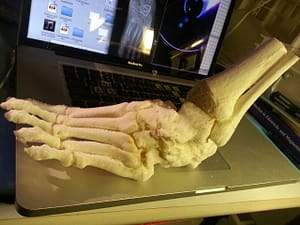
The pain I had been experiencing for months following my reconstructive ankle surgery was not identifiable by my surgical team in the CT scans, so

A low-cost, wearable solid-state device with no moving optical parts is articulated to create a full, 3D reconstruction of the anterior segment of the eye.
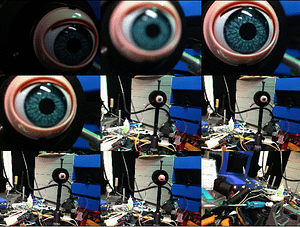
Building animatronic substrates for calibration and testing of bionic interfaces.
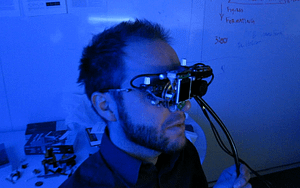
This invention comprises an apparatus for retinal self-imaging. Visual stimuli help the user self-align their eye with a camera. Bi-ocular coupling induces the test eye to rotate into different positions.
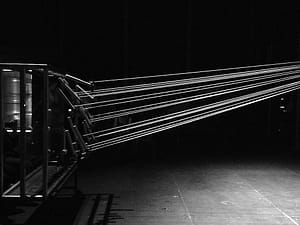
Model or manifest, the eye plays catalyst to the senses. For me, a gateway, separating the external world of object, surface, and time, which opens
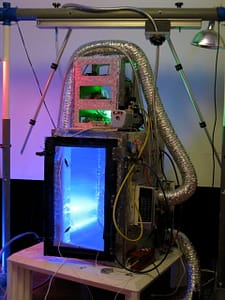
I engineered and built a 12 cubic foot vacuum particle accelerator with a power grid running at 300,000 V made from discarded television components, and a 10,000-watt stepped-up magnetron series. It is a photographic platform with which I have the freedom and flexibility to address a variety of natural mediums at the molecular level.
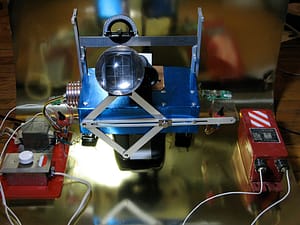
Through the use of microwave and radio transmissions, manipulated by musical compositions, I compose living organic matter orchestrated through the manipulation of frequency.
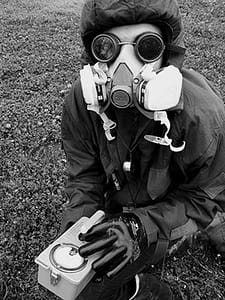
There is an inextricable link between the perspective of human engagement and the reaction of unseen forces. Secondary Refuse is a project that began at
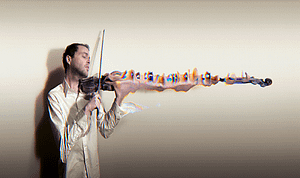
The Art of Tone is a visual approach to the granular synthesis of sight and the very nature of particles specific to our perspective in space and time
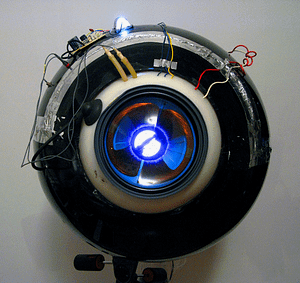
I created a number of artificial retinas on which images can be focused to address iconic decay as an unperceived aspect of sight. These carefully arranged elements have been developed into a device which can only “see” afterimages, presenting an aesthetic world of imagery beyond our conscious view.

These pieces are single exposures made possible by the first digital camera I designed and built, which is nearly three feet across, makes an absolutely horrible noise, and has enough copper in it to make about 2000 pennies.
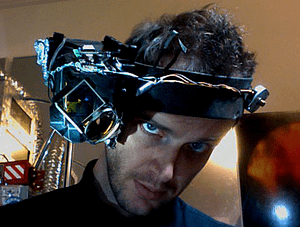
Thinking of the human visual system as a complex matrix of time-limited interactions, which are constantly decoding meaning in the action of sight, I wanted
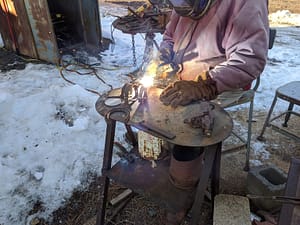
Miner’s pick mattock, a differential joint from a piece of old farm equipment, a mining rail, and two tractor seat springs. https://everettlawson.com/wp-content/uploads/2019/12/Vid-20190620-124829-1.m4v Three
© 2020 Matthew Everett Lawson